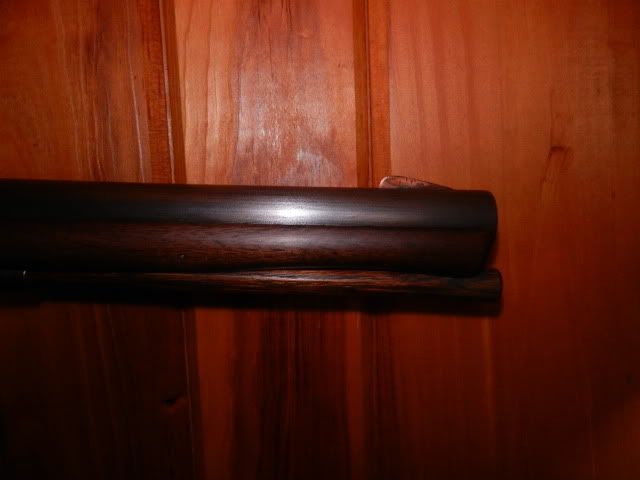I'm going to have a shotgun barrel fitted to my Hopkins & Allen Under Hammer action-- the barrel must be at or less than 1 1/8 diameter-- The easy thing would be a 1 inch octa to round in 20 gauge..However I prefer the tapered look and I'm looking at the Colerain barrel listed here. either 16 or 20 are 1.06 at breech. I would cut away the swamped muzzle making it about 36 inches.. let me hear your argument for which gauge-- 16 would require me getting a whole new set of fixings, but a 16 would allow the use of bigger buckshot which I would be prone to use for deer and coyote in certain close thickets... The barrel will be a general purpose buck, ball and shot gun.
http://www.trackofthewolf.com/Categories/PartDetail.aspx/0/1/COLE-FOWL-20
http://www.trackofthewolf.com/Categories/PartDetail.aspx/0/1/COLE-FOWL-20
Last edited by a moderator:







